Just a quick post today, to wish you all a happy Hinamatsuri! One day I hope to own a full, proper set of hina dolls but until I have the space and the budget for it, I’ve started a little bit of a personal tradition. Last year I made an origami set and while I still love them I wanted to do something a little more complex for this year. When my friend Amanda posted her Perler bead hina doll set on Facebook, I knew I’d found my project. They were very fun and relaxing to make. I’d forgotten how fun Perler bead crafts are, and I’m happy to have been reminded. I can’t wait to make more stuff 🙂
If you’d like to try making a set of your own, here is the pattern for the Obina (男雛, Emperor) and here is the Mebina (女雛, Empress). I didn’t have the exact colours needed so I took a bit of creative liberty but I think they look absolutely adorable!

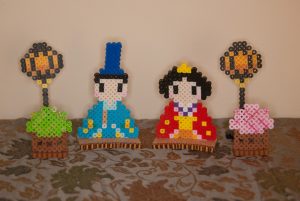
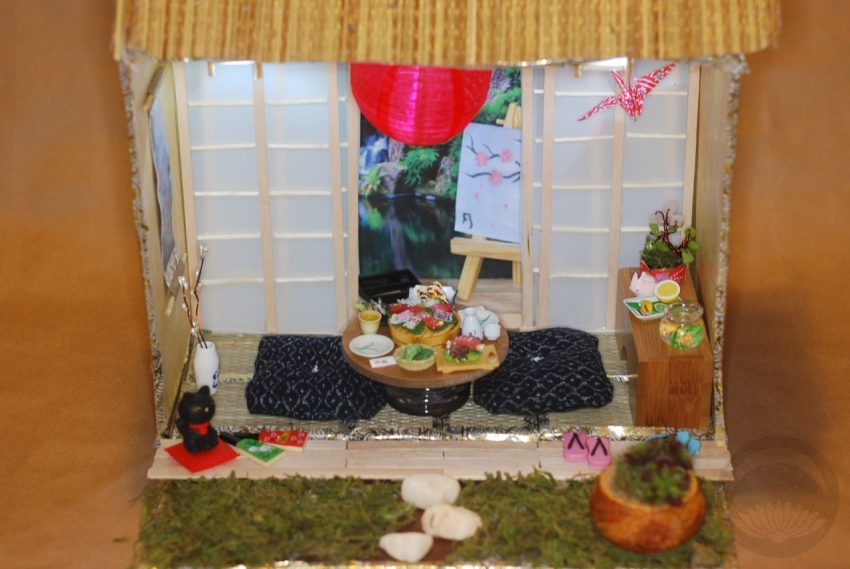

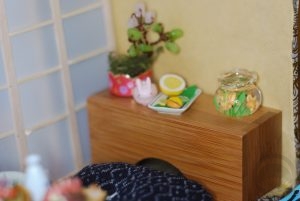
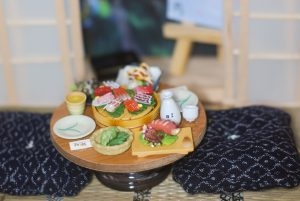

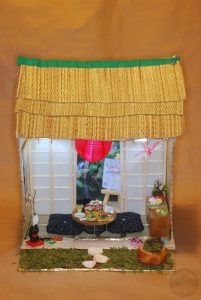
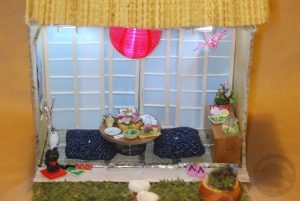
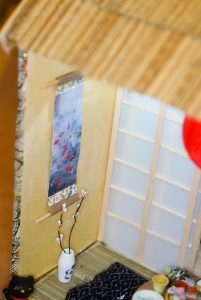
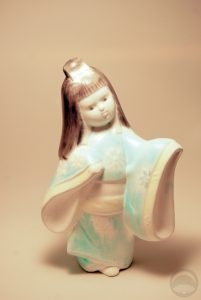
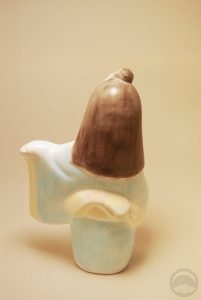
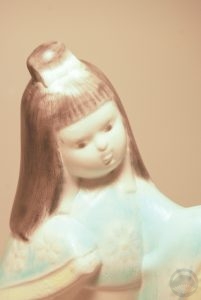
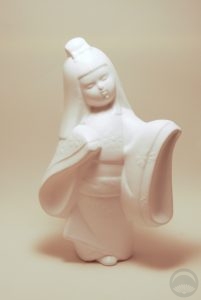
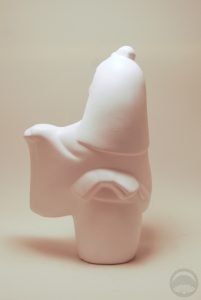
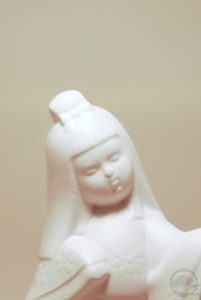
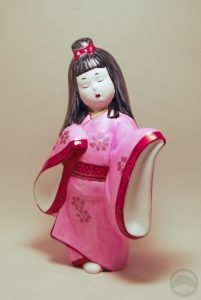
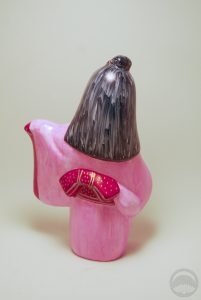
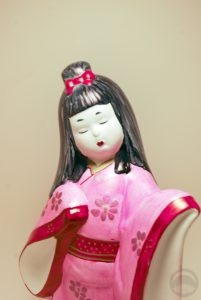
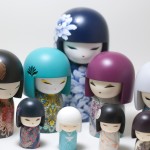
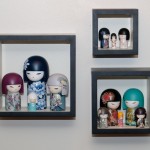
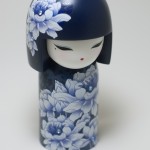
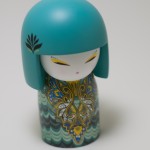
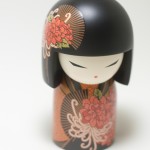


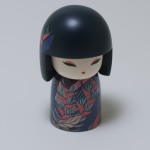
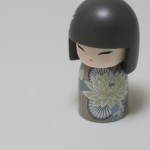
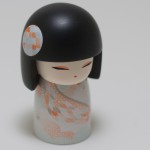
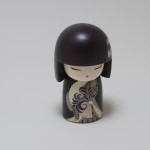
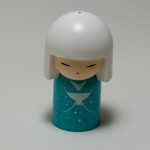











 Bebe Taian
Bebe Taian CHOKO Blog
CHOKO Blog Gion Kobu
Gion Kobu